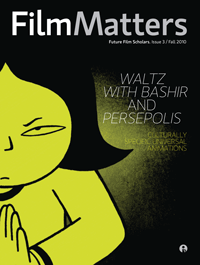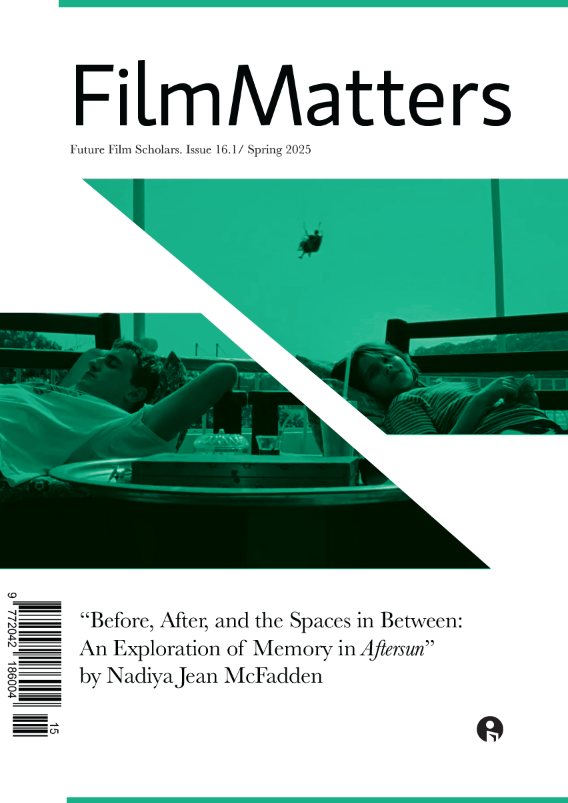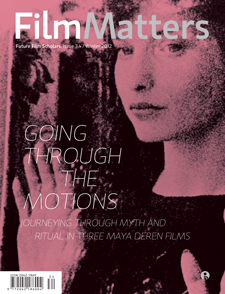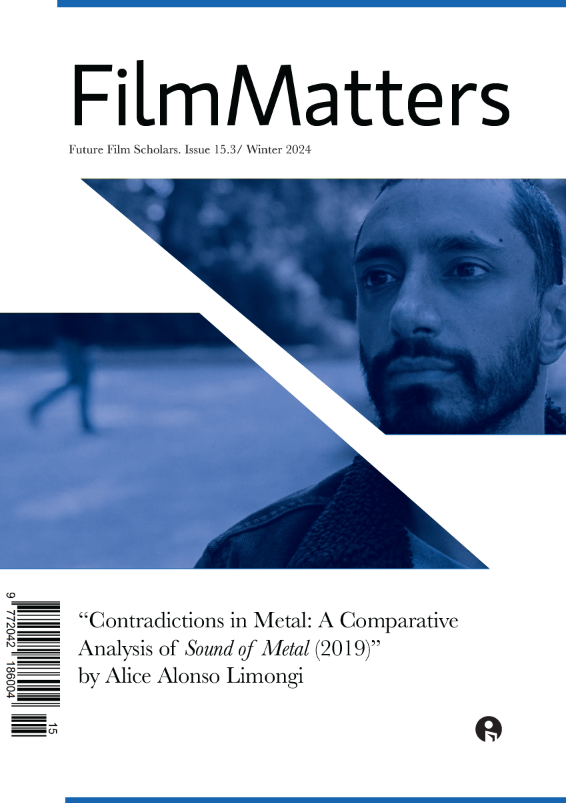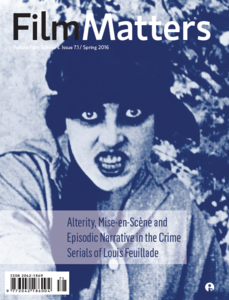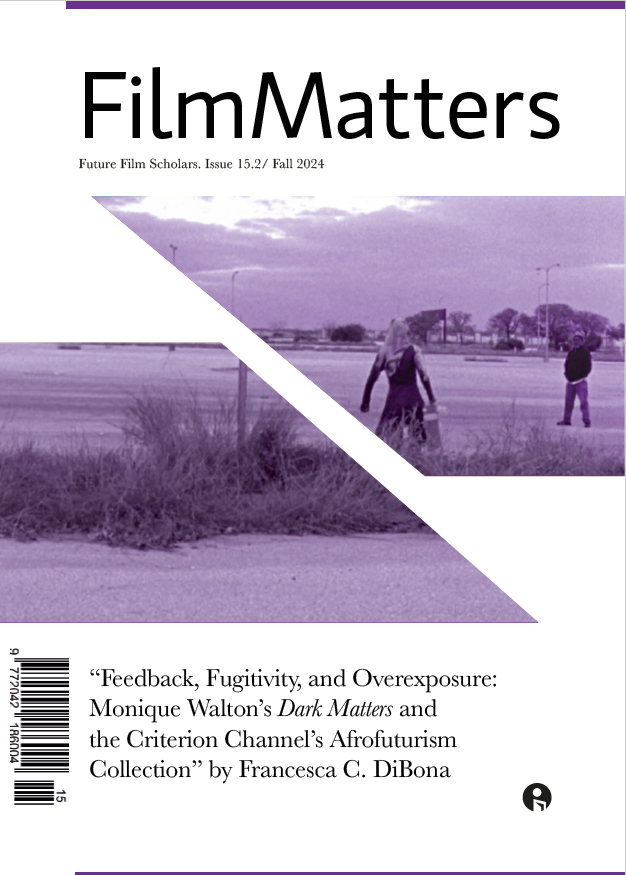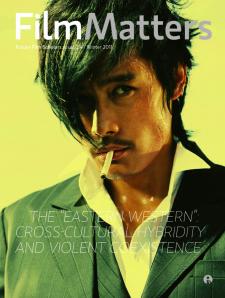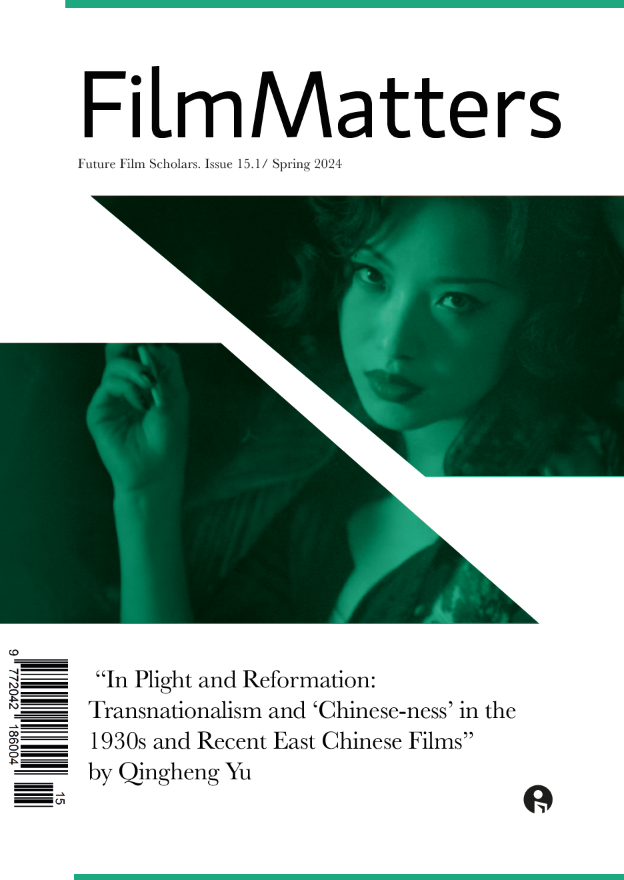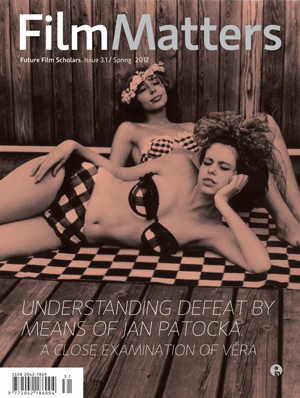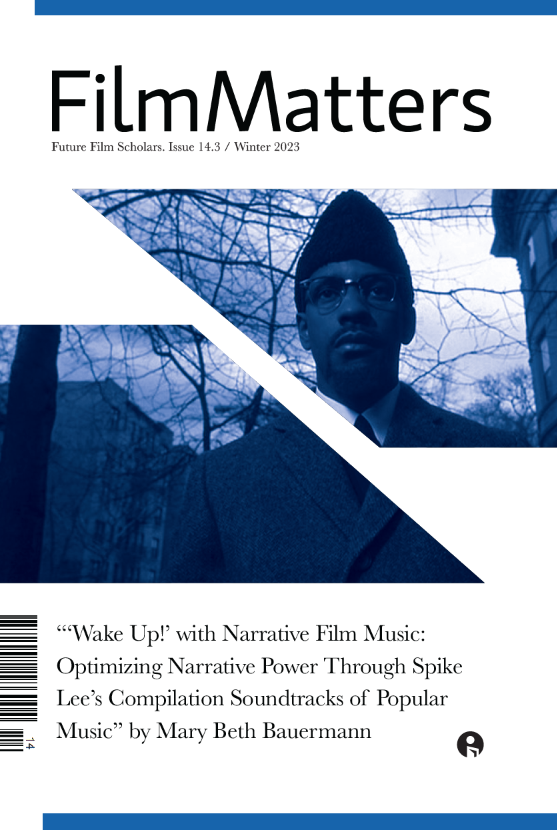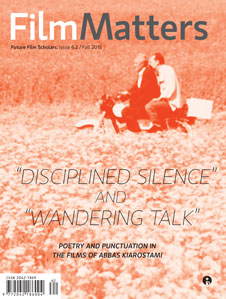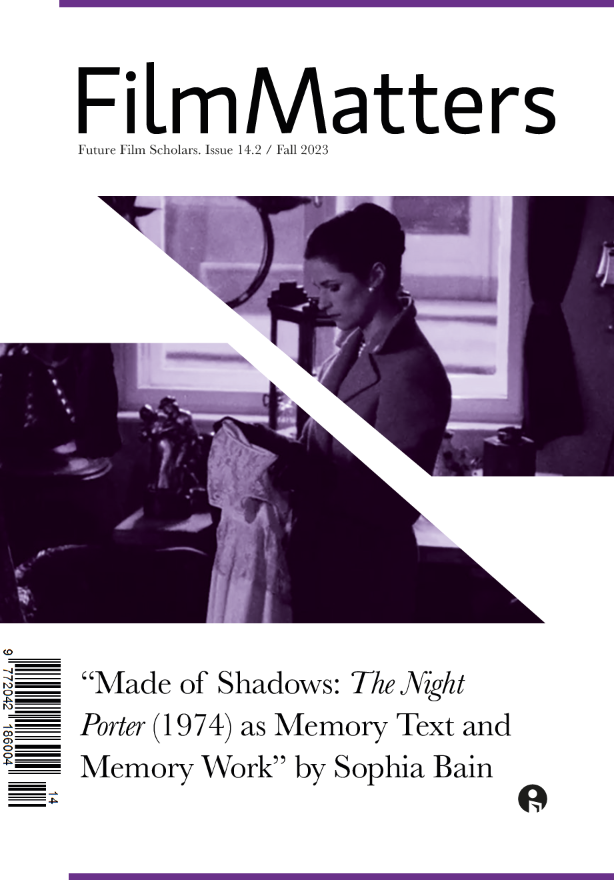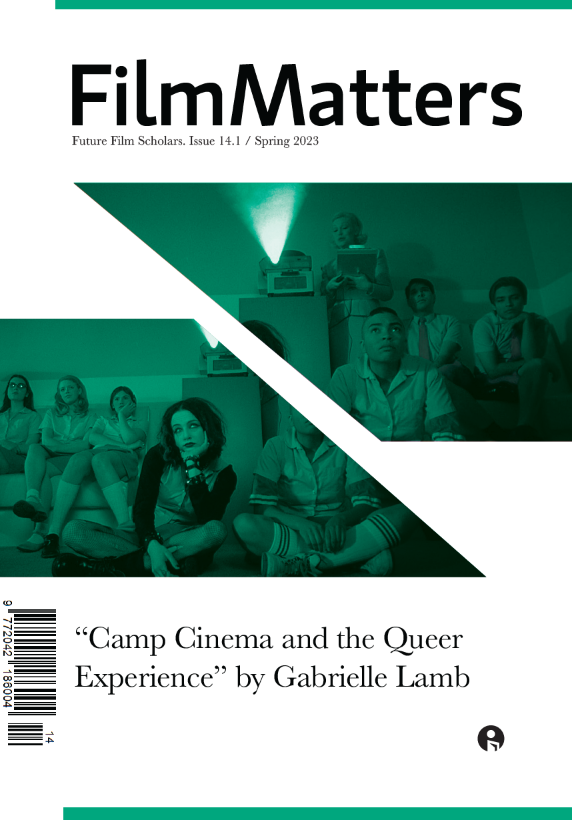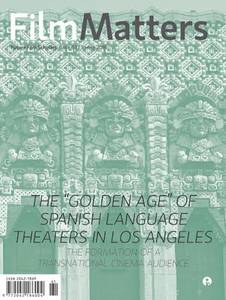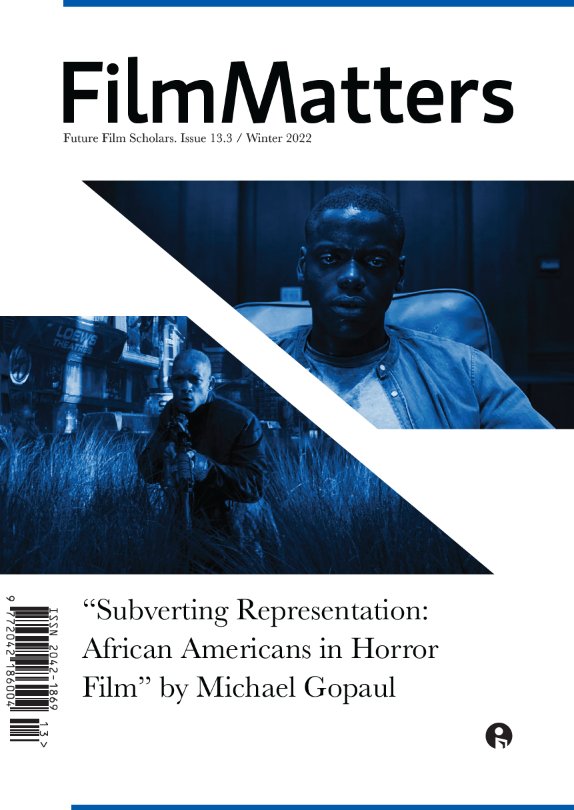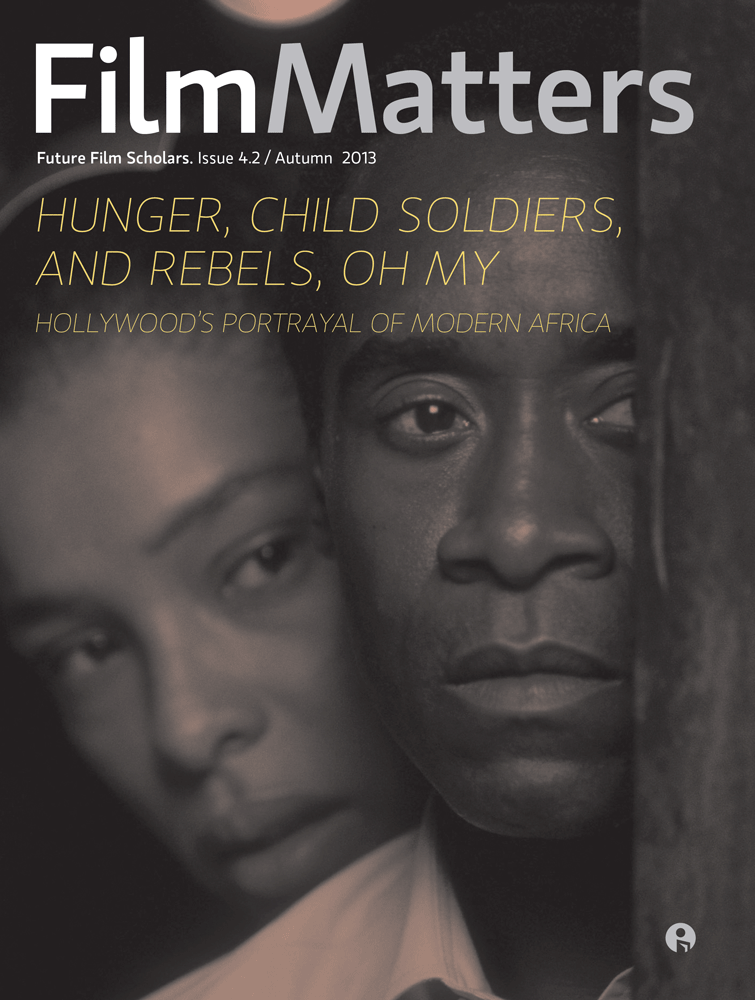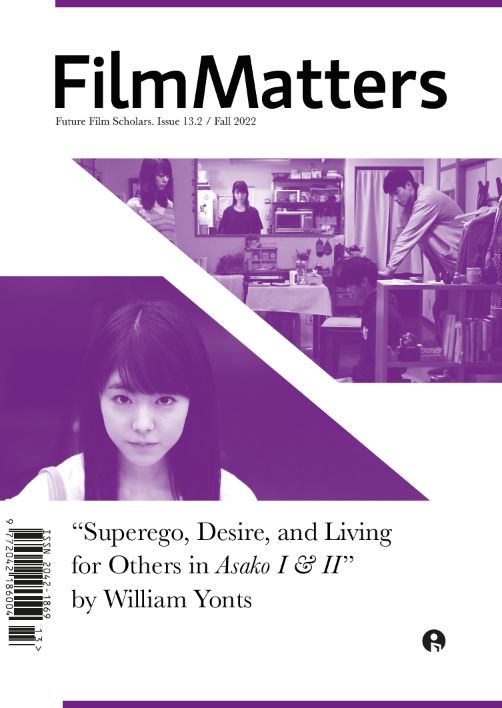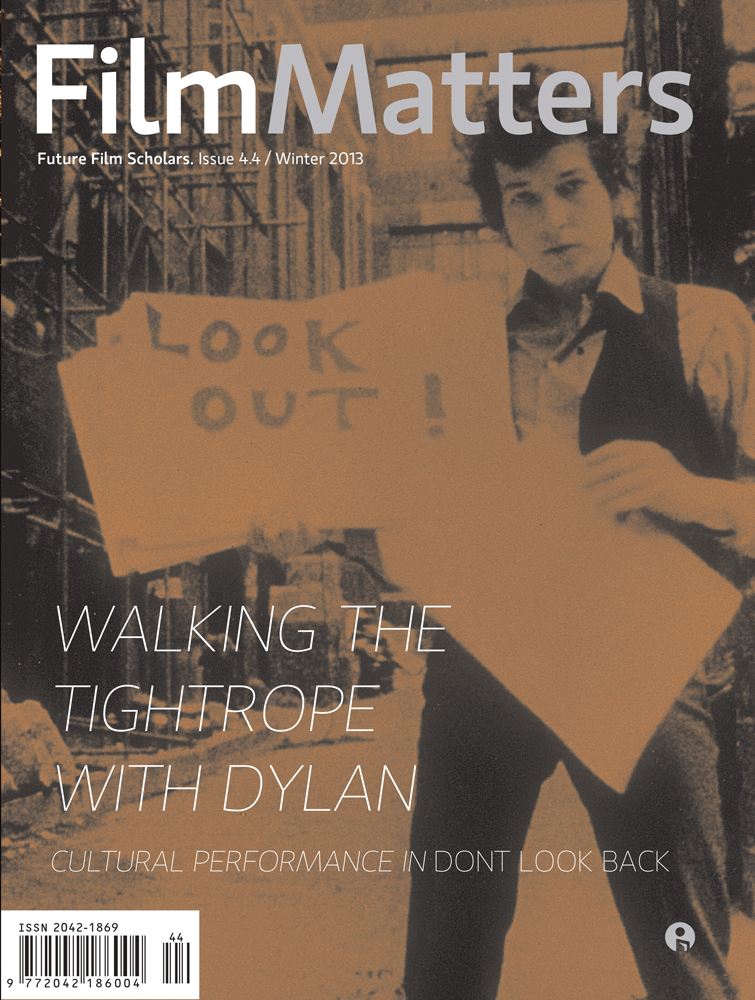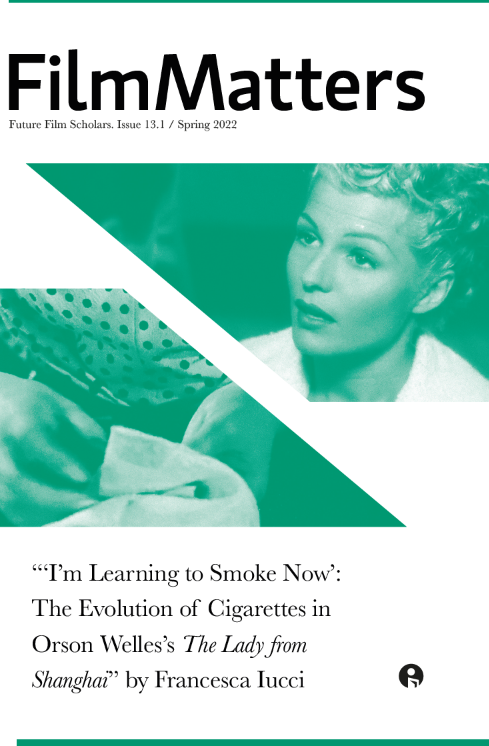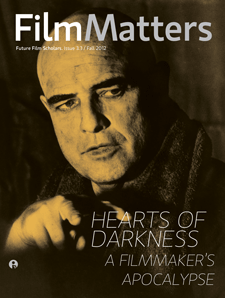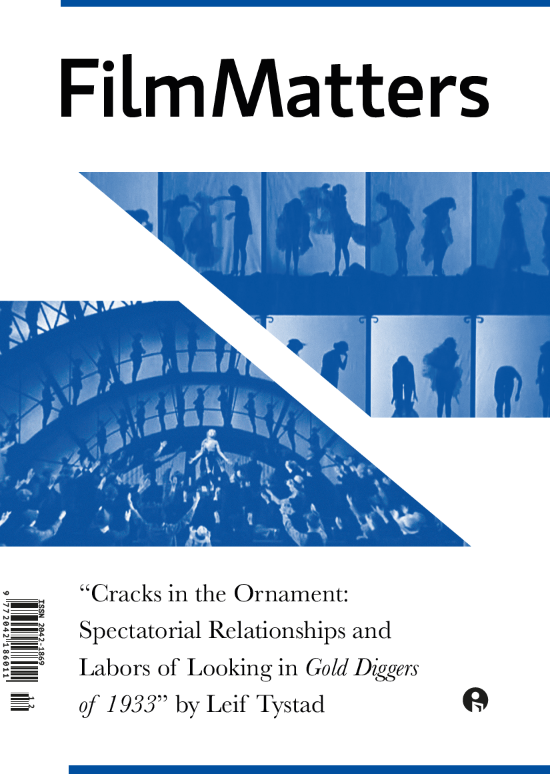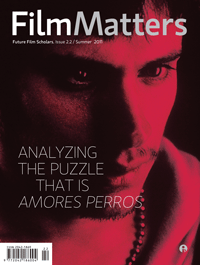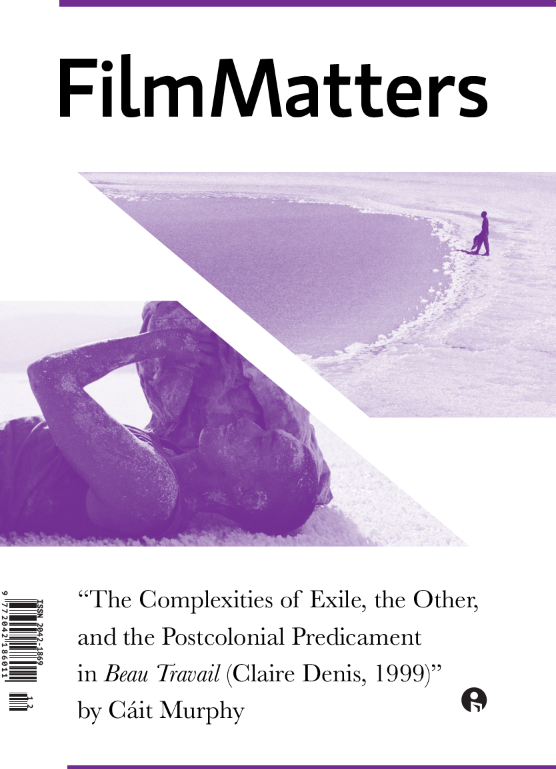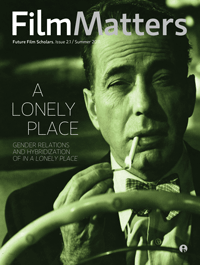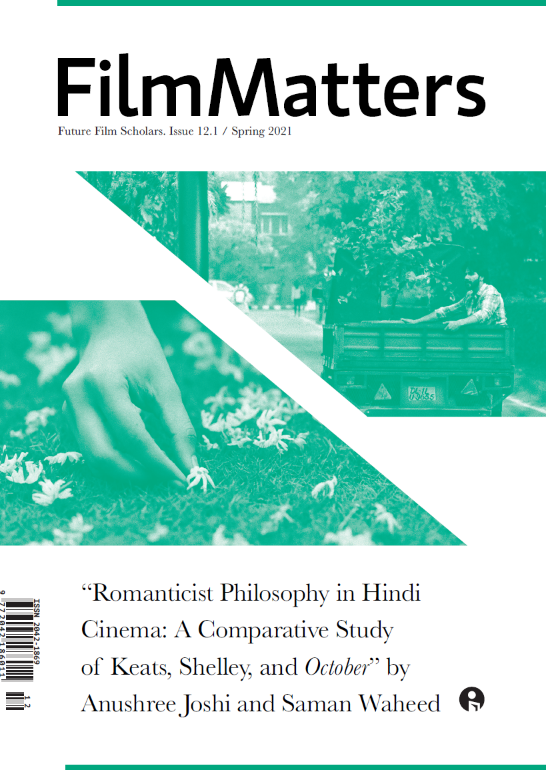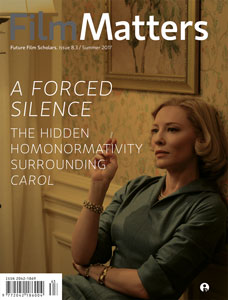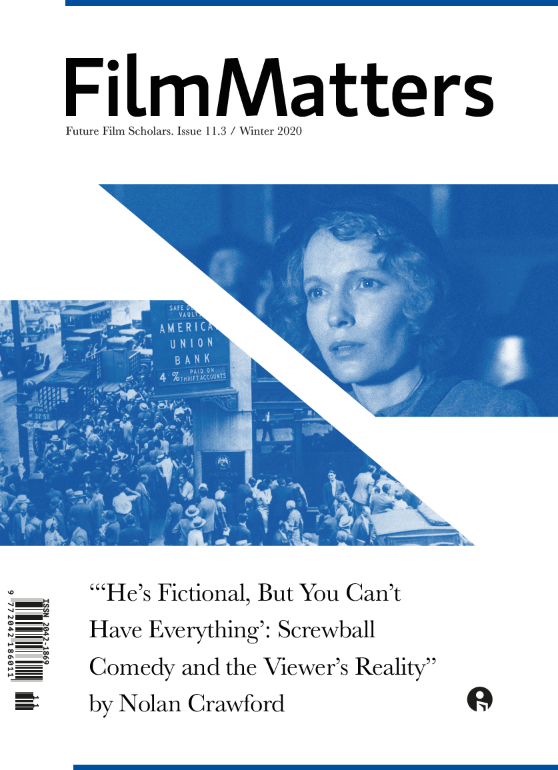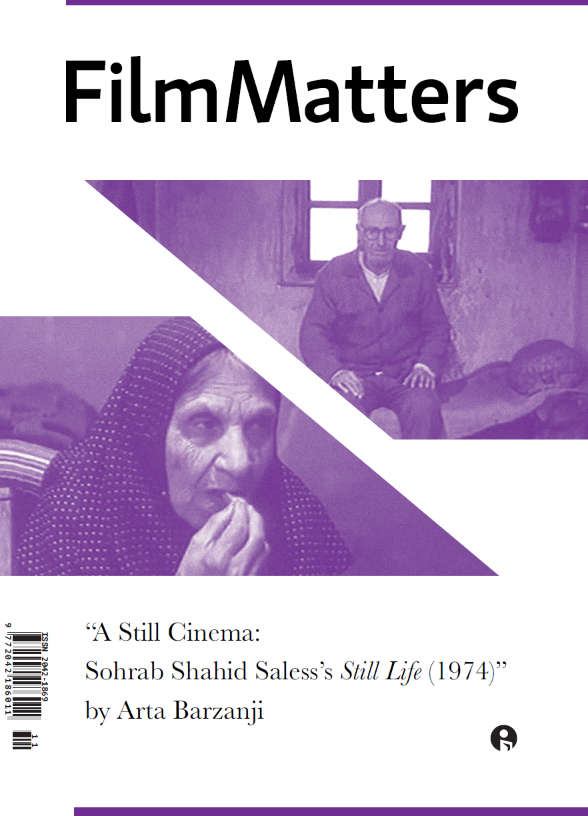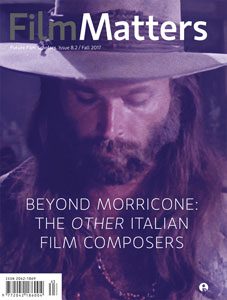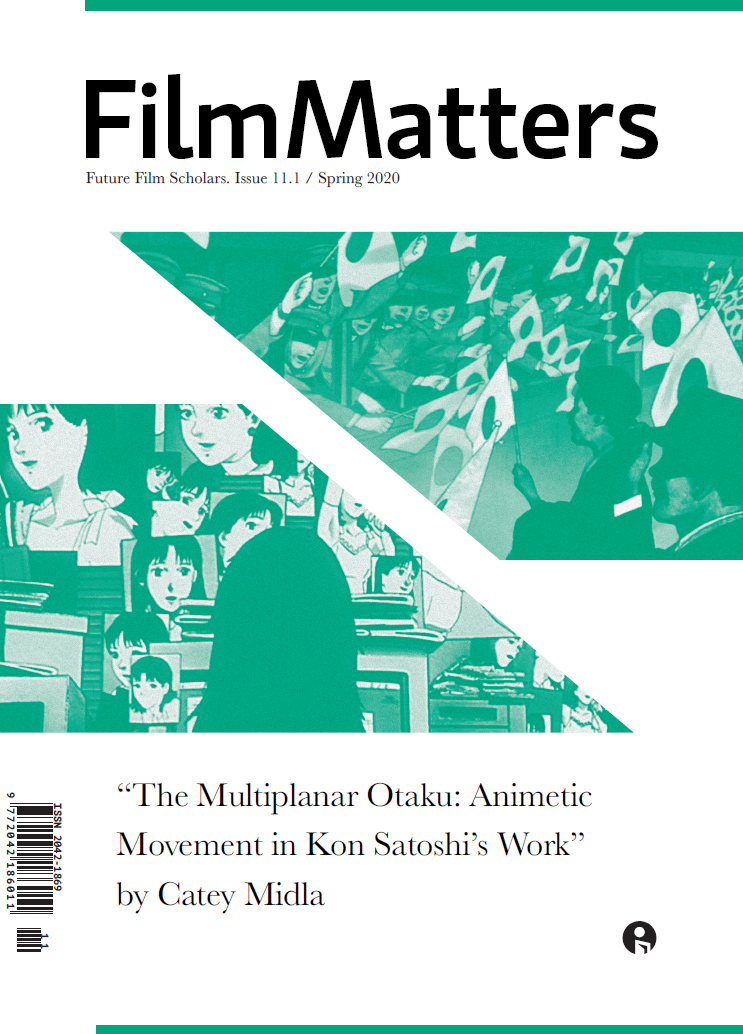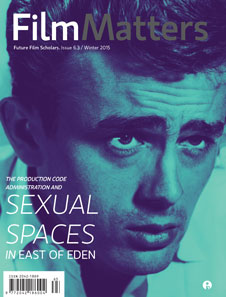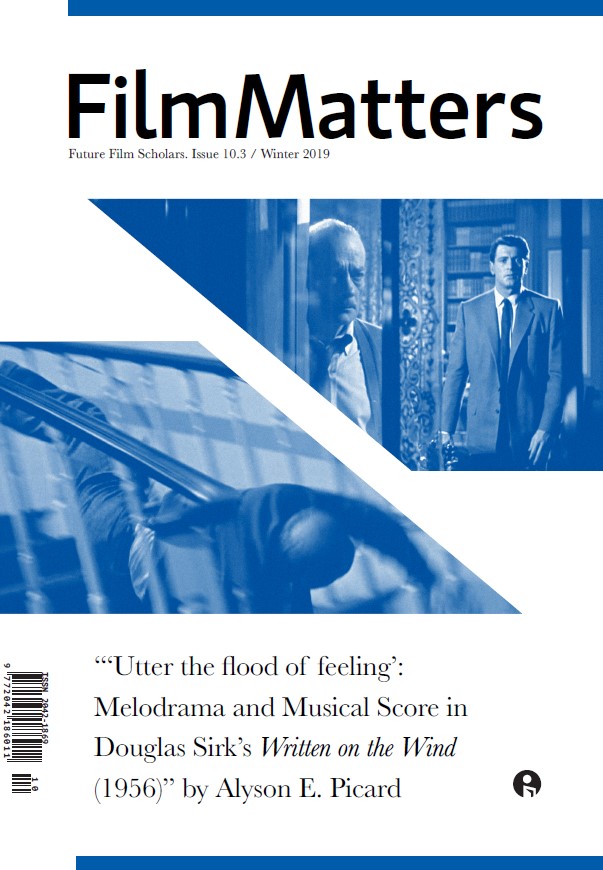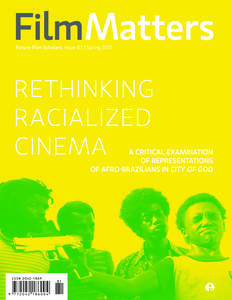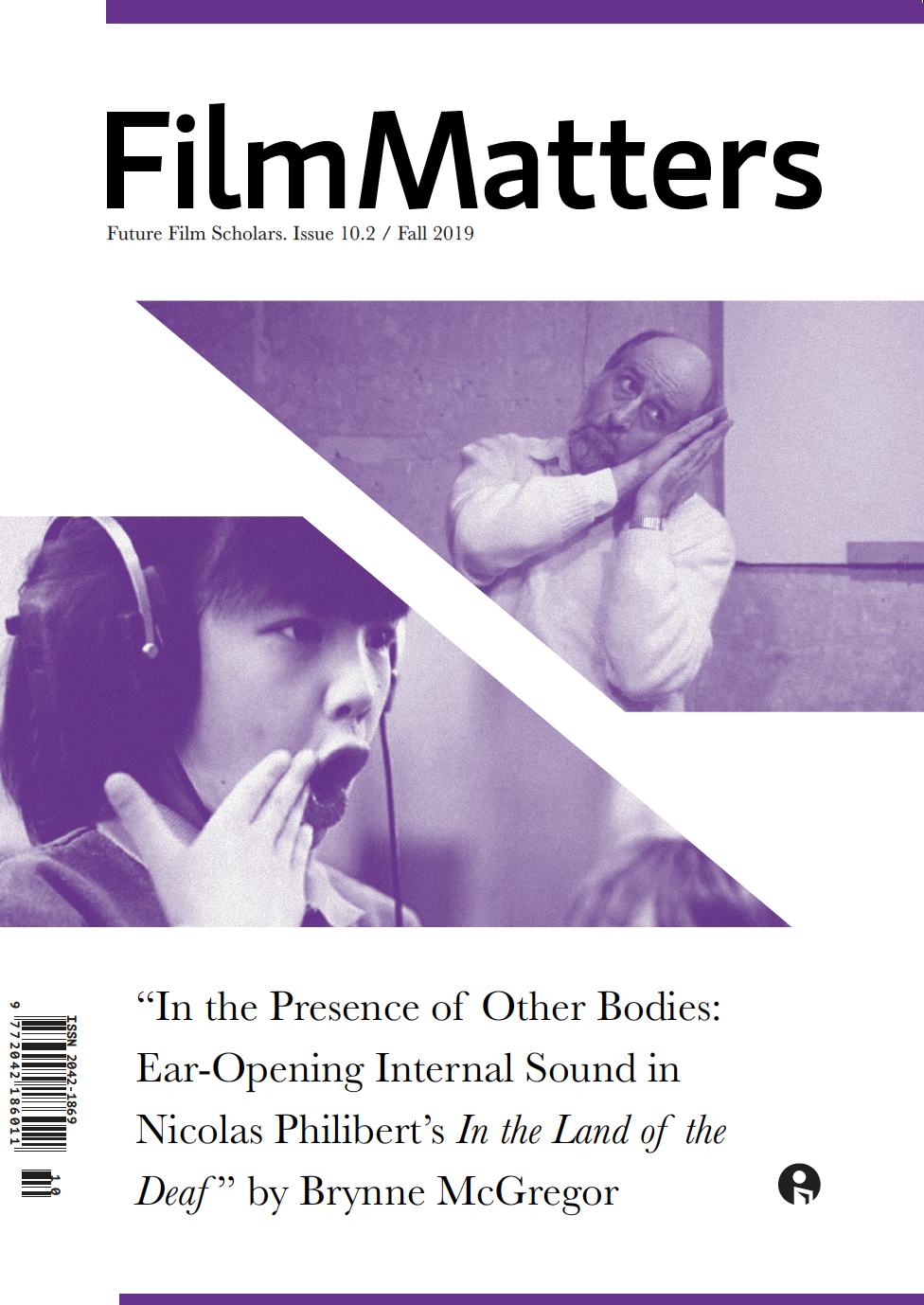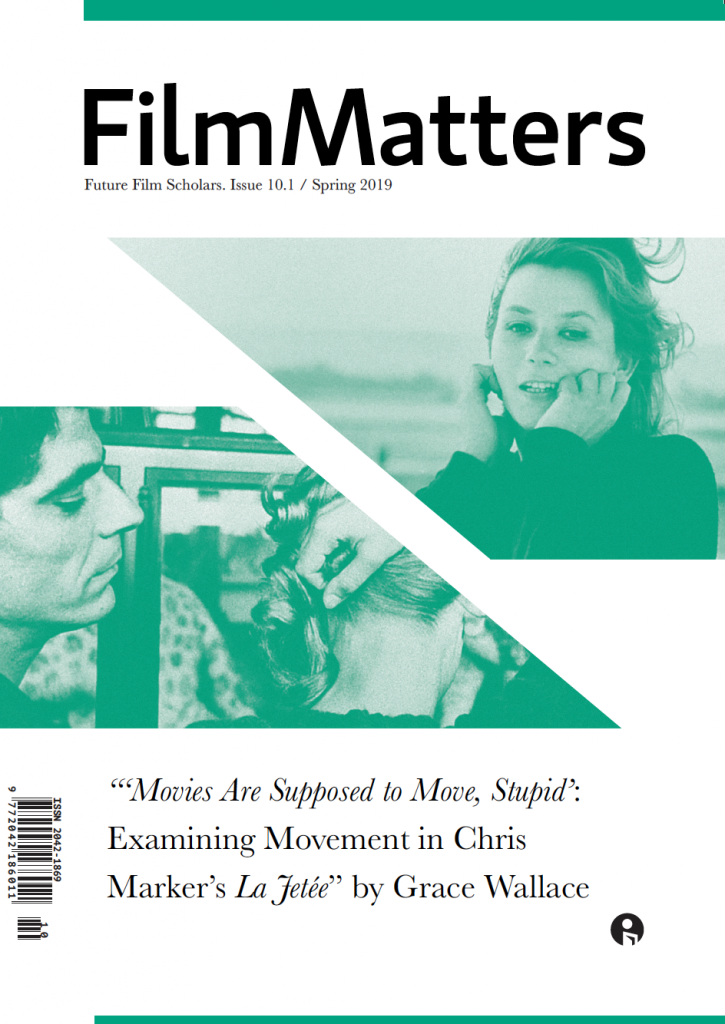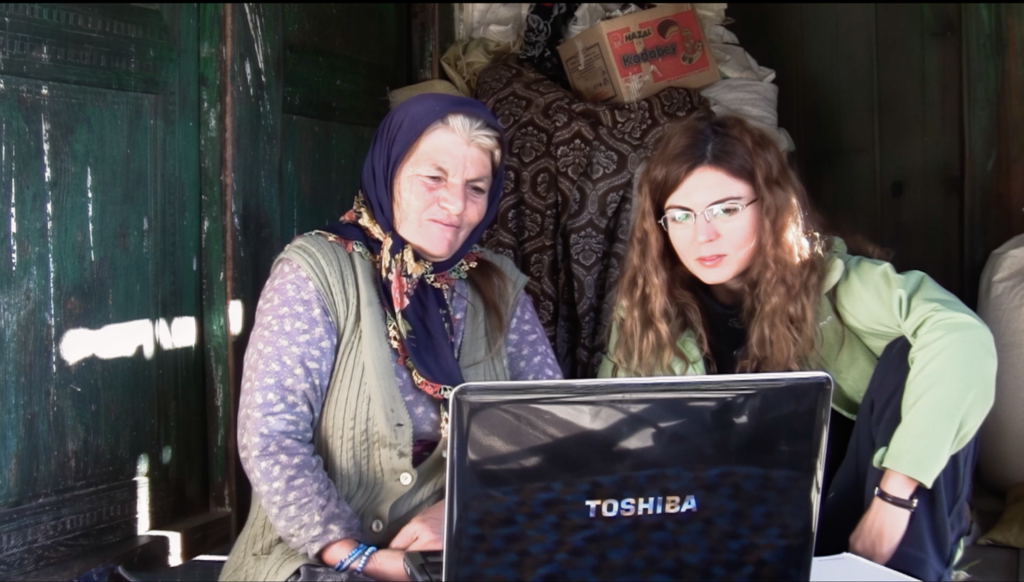
When you watch a movie, how often do you notice a cut? You might be surprised to learn that unless your answer is every few seconds then you hardly ever notice a cut at all. This is because film editing has developed over the years to mask most cuts until they are almost invisible. This style of editing — called continuity editing — is the standard by which most films have been edited for decades. The Cinema Within (2024) scrutinizes this editing approach, peeling back the layers of the invisible to discover the psychological.
The Cinema Within takes the audience through the inner workings of the continuity editing system. The film presents a brief history of editing, explaining a few common techniques editors use to hide cuts from audiences. Aside from just showcasing these common techniques, The Cinema Within is interested in digging deeper into the psychology of editing. Several experts explain the theories as to why viewer brains respond to continuity editing so well. Then, just when the film’s laid it all out, the film questions its own answers by presenting new research and what it could mean for how researchers understand “natural” perception.
The Cinema Within leaves no stone unturned when exploring the underlying science behind editing. Multiple experts from different fields are interviewed throughout the documentary, from film editors and scholars, to psychologists, neuroscientists, and blink researchers. The Cinema Within spans multiple fields of study to uncover the inner workings of human perception and how it relates to editing. The information is presented clearly and digestibly, with multiple demonstrations further clarifying concepts. The documentary is not slow and does not drag, but it also doesn’t leave the audience behind, despite the massive amount of information presented.
The documentary presents answers but also explores contradictory research. The scientists, researchers, and editors who are interviewed all appear to have a decided view of continuity editing and how it interacts with a viewer’s mind at the start of the film. However, as this seemingly foregone conclusion is explained to the audience, the documentary is slowly setting up a twist. Film researcher Serman Ildirar is the first voice the audience hears in The Cinema Within, and it’s her theories that take the documentary to a new level of fascinating. Ildirar’s research is not just submitted to the audience but demonstrated through footage of her experiments, shown throughout the film while the audience is fed a primer of continuity editing. This makes the eventual reveal that Ildirar’s findings are in some ways counter to accepted explanations of editing psychology all the more compelling. Ildirar’s research isn’t just incorporated well, presentation-wise; it also makes the documentary feel well-rounded. The discovery of Ildirar’s contradictory findings don’t hinder the documentary; if anything, it encourages the scientists and researchers in the film to continue their work.
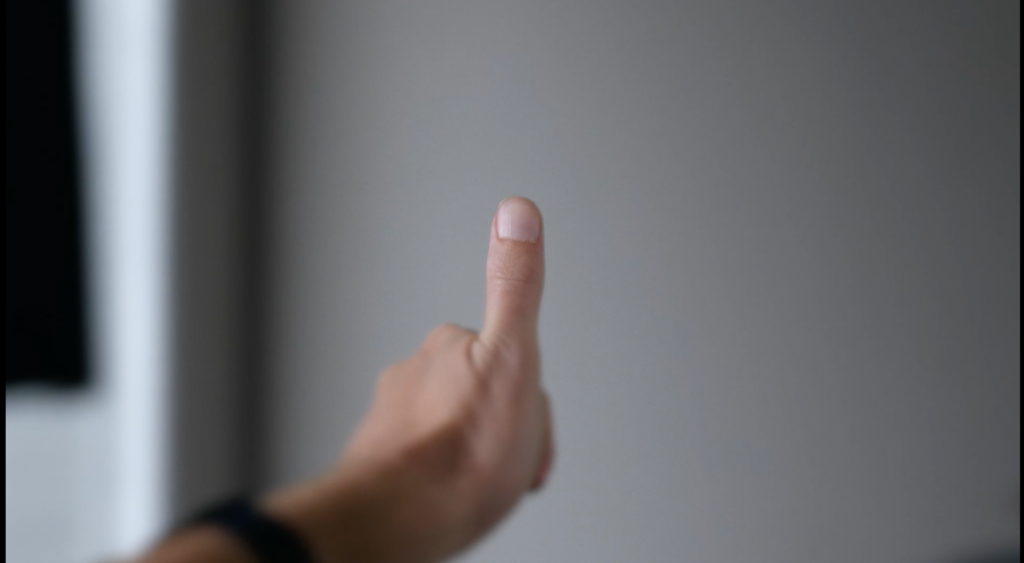
Perhaps expectedly, the editing in this film is a marvel. It’s an interesting task to explore continuity editing, a mode meant to be invisible, through the art of film editing. The Cinema Within more than rises to the occasion. As mentioned earlier, several demonstrations are used to explain how brains interpret edits. The editing and camera work in this film function together to mimic human perception in these moments. For example, when phycologists Tim Smith, Dan Levin, and Jeff Zacks demonstrate how small a human’s area of focus actually is, the camera circles around showing the three men as they speak before landing on Smith’s upheld thumb (Figure 2). Smith’s thumbnail is the only thing in focus at this point, the background blurred, which matches how small a human’s typical area of perception is. The camera, having moved around the room, has given the audience the illusion of the wider image, despite only actually seeing a small portion of it. This is not only a clever way to transition between the three interviews, but it also demonstrates the psychologists’ arguments about perception. At times, when it’s necessary to explain how a cut interacts with its image, the edits are visible examples, making themselves loud and known. When Ildirar explains how the same scene is shot from multiple angles, multiple angles of the scene are shown side by side (Figure 3). This use of editing to visually explain while the interviewees verbally explain is incredibly effective. Yet, in other moments, the editing again becomes invisible, pulling the audience into the documentary while appearing effortless.
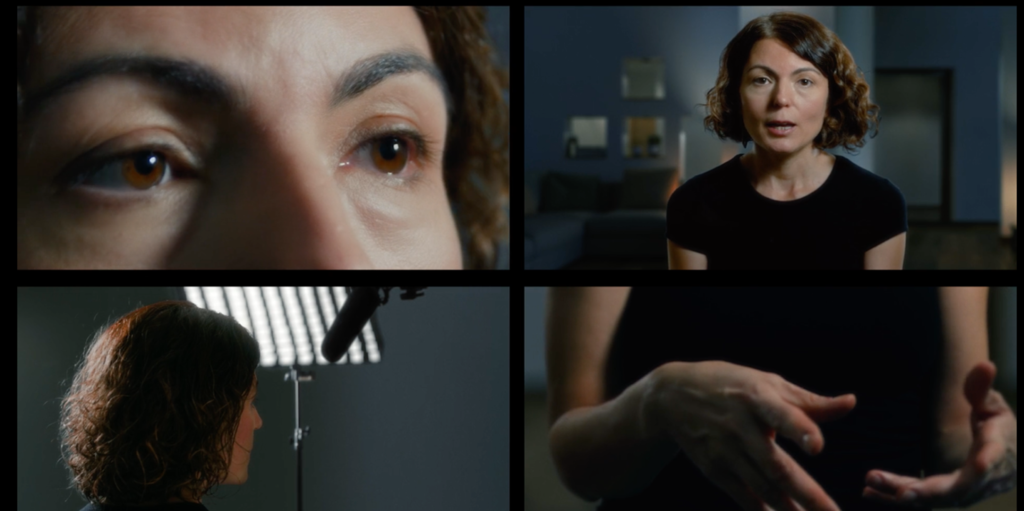
The Cinema Within not only explains continuity editing quickly and efficiently: it cuts deeper to impart an understanding of the practice and its interactions with the audience. This documentary reveals incredible insights into an art form that is, by design, not often perceived or conceived by the average film audience. It uncovers truths, challenges accepted ideas, and does it all across an engaging and surprisingly heartfelt ninety-three minutes.
Author Biography
Holley Anne Brabble is a fourth-year student at the University of North Carolina Wilmington studying Film and Creative Writing. She enjoys watching and writing about film, as well as creating her own original screenplays. She recently completed her first original short film Balzarina (2024) and looks forward to spending more time on set and continuing her educational and creative endeavors.
Film Details
The Cinema Within (2024)
USA
Director Chad Freidrichs
Runtime 93 minutes

